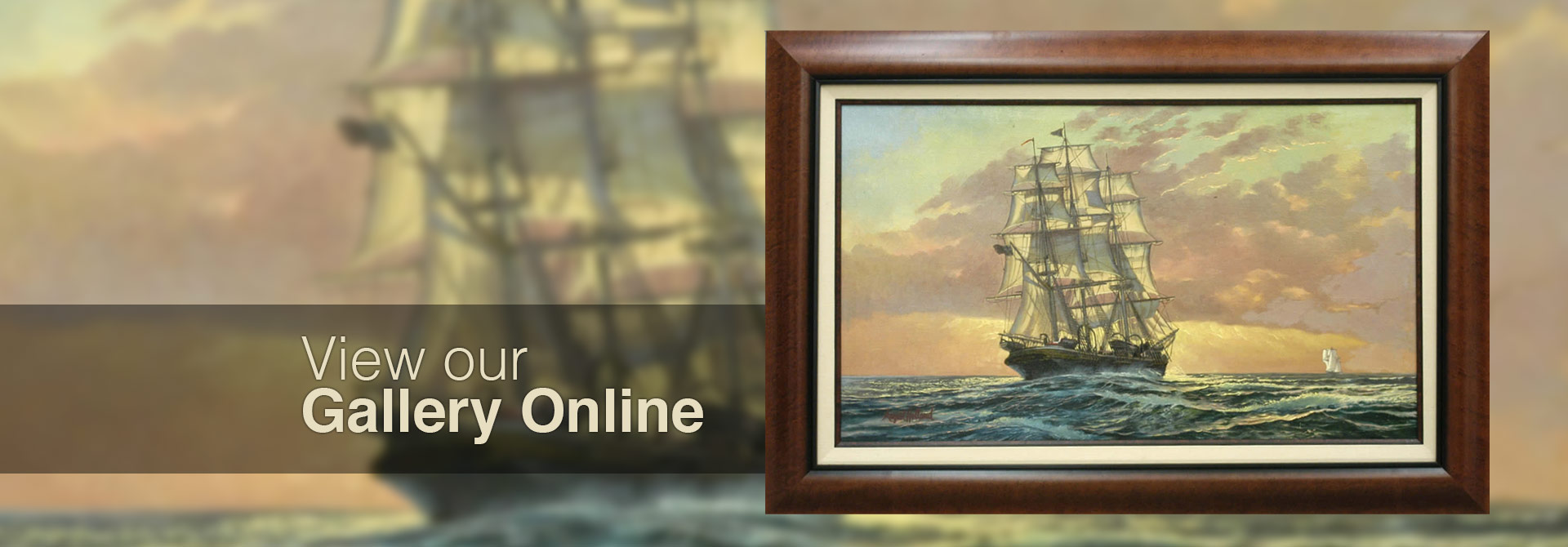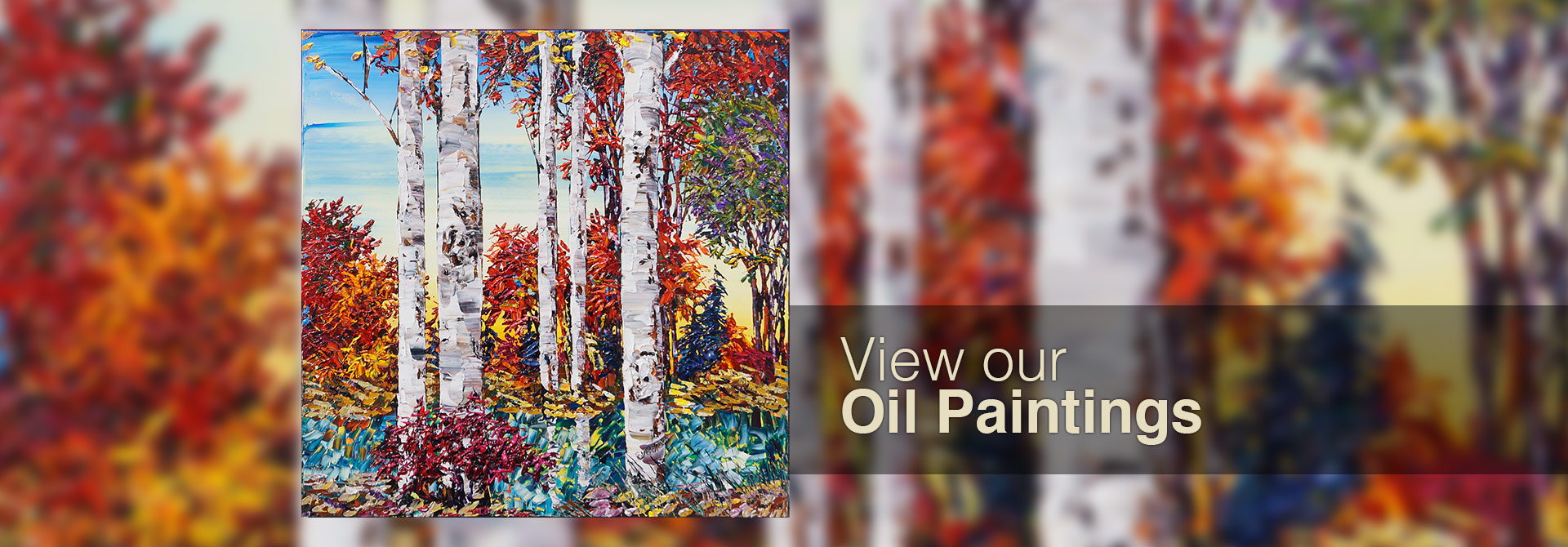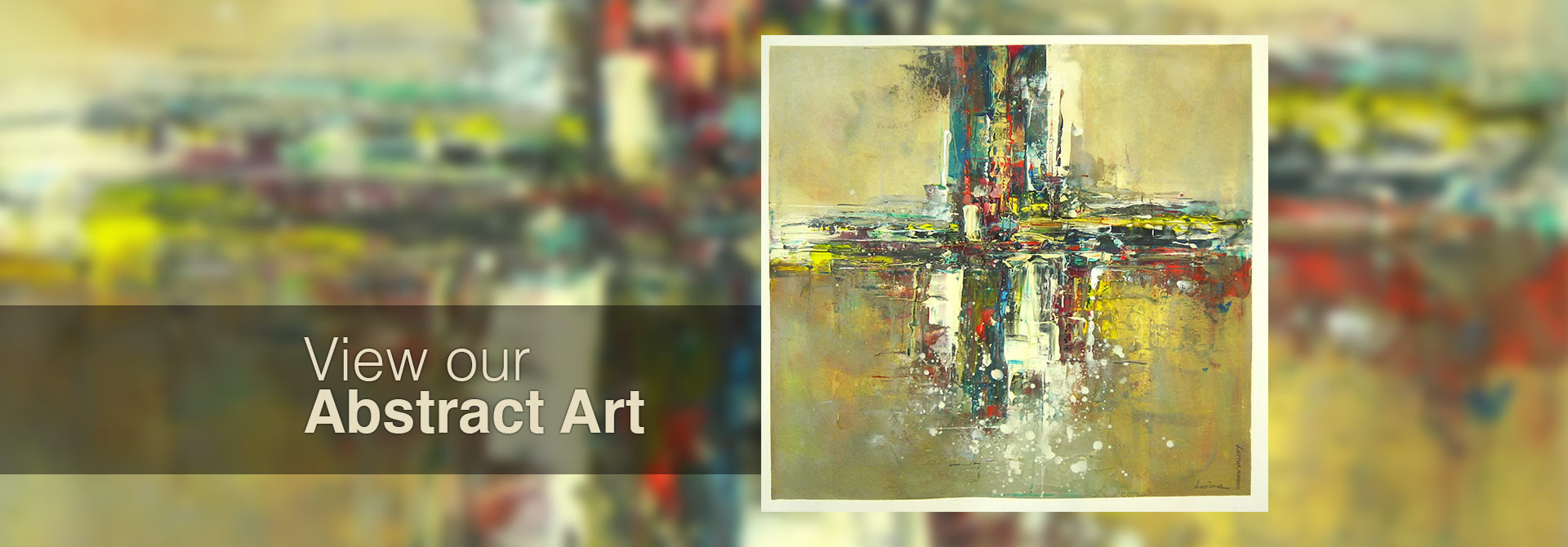Welcome to Kavanaugh Art Gallery
After a lifetime of collecting for the pure joy of it, Dan and Carole Kavanaugh (Carole passed away in 2017) have been offering a wide variety of quality fine art and on-site, custom framing to the general public, the corporate community and collectors as a labor of love since 1989. They pride themselves on having the sort of extraordinary fine arts gallery and frame shop that you might expect to find on one of the coasts nestled in the heart of Iowa.
Kavanaugh Gallery has an exceptional collection of fine art from around the world showcasing original paintings in oil, acrylic, watercolor, pastel and mixed media. The Gallery is also home to an extensive selection of sculpture, limited edition prints, Giclée's, and serigraphs, as well as antique and reproduction prints and posters, including early works on paper.
The Gallery is located in the historic Valley Junction shopping district in the "old town" section of West Des Moines, Iowa. Additionally, professional shipping is offered to most locations around the world.
Please stop in or call to see why Kavanaugh Art Gallery is Iowa's premiere fine arts gallery. Share in their passion for fine art, and experience for yourself their personal touch and why customers contact them from all across the country for their art purchases.
Our location makes us uniquely and easily accessible from both Interstate 35 and Interstate 80 and our clientele includes many collectors who routinely make the trip from out-of-state to visit our collection in person. We professionally ship anywhere in the world, and children are always welcome (we'll even set them up with crayons so that they can create a work of art while you browse our collection at your leisure).
We invite you stop in and see why Kavanaugh Art Gallery is Iowa's premiere fine arts gallery, share in our passion for fine art, and experience for yourself one of the best kept open secrets in the art community!



